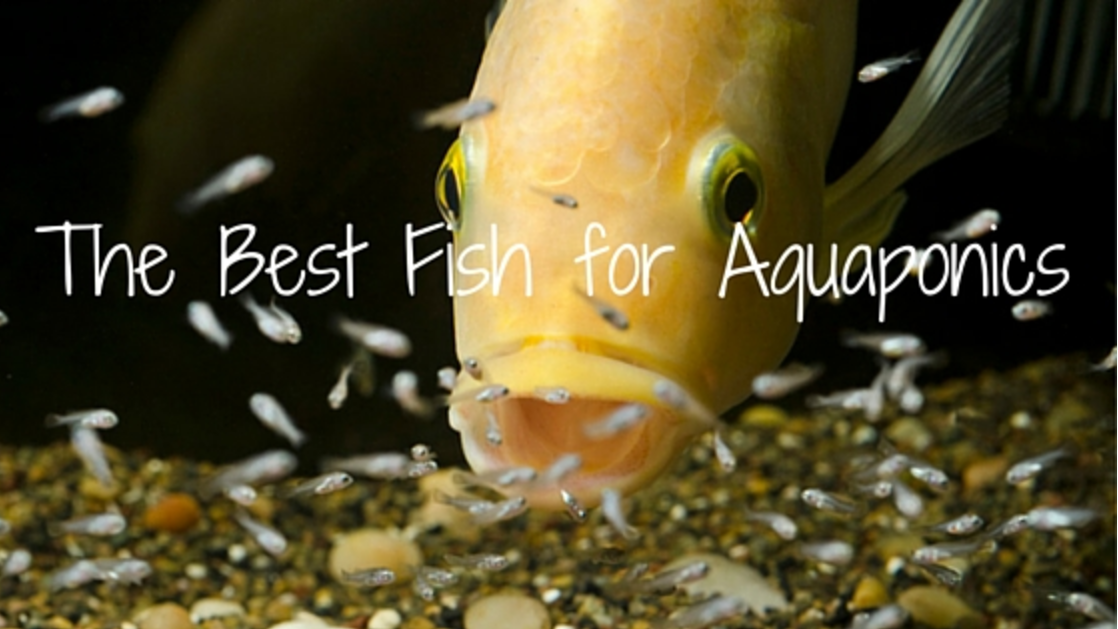
If you’re interested in starting your own aquaponics system, choosing the right fish is crucial. In this guide, we’ll introduce you to the top 5 fish species that are perfect for beginners in the world of aquaponics. These fish are known for their adaptability, hardiness, and ability to thrive in an aquaponic environment.
Key Factors to Consider When Selecting Fish for Your Aquaponics System
Selecting the right fish for your aquaponics system is a crucial decision, impacting not only the health and productivity of your setup, but also the type of crops you can successfully grow. Here are some of the key factors you should consider when making your choice:
1. Local Climate and Water Temperature: Certain fish species thrive in specific temperature ranges. Tilapia, for example, do well in warm water, while trout prefer cooler conditions. Be sure to choose a species that is suited to your local climate or the conditions you can maintain in your aquaponic system.
2. Growth Rate and Size: If you intend to raise fish for consumption, consider the growth rate and eventual size of the fish. Species that grow quickly and reach a decent size are often more desirable.
3. Legal Considerations: Be aware that certain species may be restricted or require specific permits in your area. Always check with local authorities or fish and wildlife agencies to ensure you’re compliant with local regulations.
4. Feeding Requirements: Different fish have different feeding requirements. Some are omnivorous, consuming a broad range of food, while others may be strictly carnivorous or herbivorous. The cost and availability of suitable feed should be a factor in your decision.
5. Disease Resistance: Some species are hardier than others, with better resistance to disease and less sensitivity to fluctuations in environmental conditions. Hardy fish can be a good choice for beginners.
6. Purpose: Are you raising fish for food, for selling, or merely to support your plants? Your purpose will significantly influence the species you choose. For instance, ornamental fish like goldfish or koi might be preferred if you’re not planning to harvest the fish.
7. Breeding Behavior: Some fish species breed more readily in captivity than others. If you plan on propagating your own fish stock, choose a species known for easy breeding.
8. Stocking Density: Different fish species can tolerate different stocking densities. Some fish, like tilapia, can be grown in relatively high densities, whereas others may need more space to thrive.
9. Compatibility with Plants: It’s crucial to select fish species that are compatible with the types of plants you intend to grow. The fish should produce sufficient waste to feed the plants, but not so much that the system becomes overloaded and unhealthy.
10. Fish Temperament and Compatibility: Some fish are more aggressive or territorial than others. When stocking your aquaponic system, ensure that your fish are compatible with each other. Aggressive fish can stress other fish, leading to poor growth and health issues.
11. Market Value: If you plan to sell your fish, research local market conditions. What species are in demand? What will consumers pay? The market value of fish can vary greatly depending on your location and customer preferences.
12. Lifespan: Different species of fish have different lifespans. Depending on your goals for the aquaponics system, you might choose a species with a longer lifespan (such as koi) or a shorter one (like tilapia).
Remember, each species of fish has unique needs and characteristics. Research thoroughly before introducing fish into your aquaponics system to ensure they’ll thrive and contribute positively to your setup. With thoughtful selection and proper care, your fish will help create a balanced and productive aquaponic environment.
Maintaining Optimal Water Quality for Aquaponic Fish Health
Maintaining the right water conditions is pivotal for the well-being of your fish and the overall success of your aquaponics system. After all, water is the lifeblood of your system, serving as a medium for nutrient transport, fish habitat, and a source of hydration for your plants. Here are some key parameters you should keep an eye on to ensure optimal water quality for your aquaponic fish:
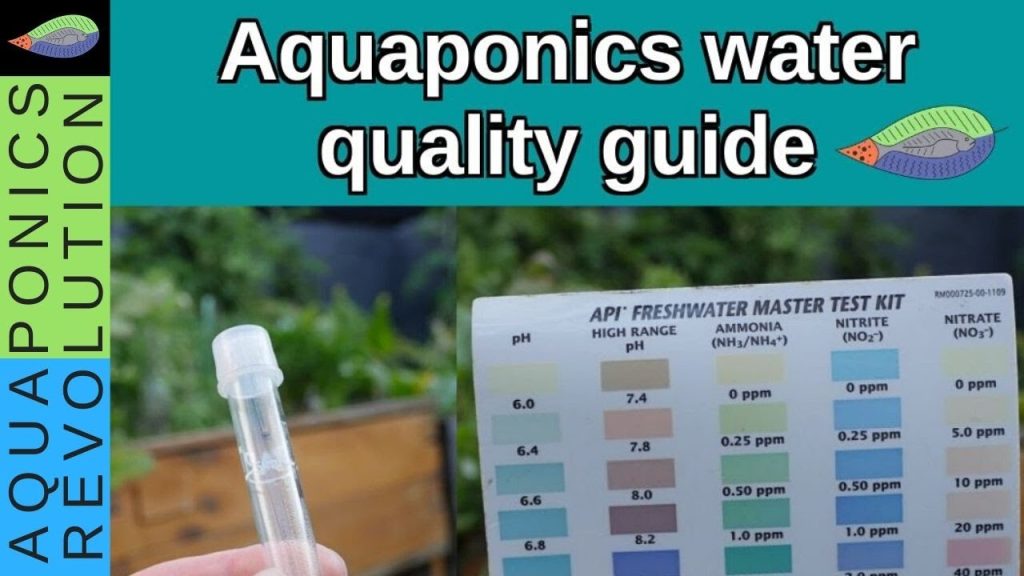
1. pH Level: This is a measure of how acidic or alkaline your water is. Most fish thrive in a pH range of 6.5 to 7.5. However, specific requirements can vary depending on the species. An appropriate pH level also ensures beneficial bacteria can efficiently convert fish waste into nutrients for plants.
2. Temperature: Different fish species require different water temperatures. Cold-water species such as trout thrive at around 10-15°C, while warm-water species like tilapia prefer temperatures around 26-30°C. Consistency is also important as sudden temperature swings can stress fish.
3. Dissolved Oxygen: Fish extract oxygen from the water for respiration. Low oxygen levels can stress fish, reducing their growth and disease resistance. A minimum of 5 mg/l of dissolved oxygen is generally recommended, though higher levels are better.
4. Ammonia, Nitrite, and Nitrate: These are by-products of fish waste and bacterial digestion. High levels of ammonia and nitrite are toxic to fish, while nitrate levels, although generally less harmful, should also be monitored and kept within reasonable limits.
5. Hardness and Alkalinity: These parameters measure the concentrations of various mineral ions in the water. They can affect the water’s buffering capacity (resistance to pH change) and the health of your fish.
6. Salinity: While not a concern in most freshwater systems, if you’re raising salt-tolerant or saltwater species, maintaining the appropriate salinity level is crucial.
7. Suspended Solids: Suspended solids in the water can lead to a host of problems, including clogging of filters and pipes, reduction in water quality, and creation of anoxic or low-oxygen zones which can be harmful to both fish and plants. Employing good solid waste management practices in your system is vital.
8. Chlorine and Chloramine: If you are using tap water to fill your system, it’s essential to know that most municipal water supplies contain chlorine or chloramine, both of which are toxic to fish and beneficial bacteria. You can remove these chemicals by letting the water sit out for a few days before using it, or by using a dechlorinating agent.
9. Heavy Metals: Elevated levels of heavy metals like copper, zinc, or lead can be toxic to fish and can also harm your plants. They can come from various sources such as fish food, water supply, or even your system’s components.
10. Biological Oxygen Demand (BOD): BOD is a measure of the amount of oxygen that bacteria will consume while decomposing organic matter. A high BOD indicates a lot of decomposing organic matter, which can lead to low oxygen conditions harmful to fish.
11. Bacterial Levels: Beneficial bacteria are crucial to the nitrogen cycle in an aquaponics system. However, harmful bacteria can also thrive in these environments and can lead to disease outbreaks among your fish. Good system management can help ensure a healthy microbial community.
12. Light and Darkness:
Light and darkness are vital factors in an aquaponic system. Light drives photosynthesis in plants, boosting growth and development. Most plants require 6-12 hours of light per day, depending on the species. Darkness, meanwhile, allows plants to respire, a phase when they use stored energy for growth and repair.
Fish too need a balance of light and darkness. A consistent light cycle regulates fish activity, including feeding and breeding patterns. Meanwhile, darkness provides rest and helps maintain fish health. However, too much light can lead to excessive algae growth, adversely impacting water quality. Therefore, carefully managing light levels is crucial for an optimally functioning aquaponic system.
Water quality parameters can be monitored using various testing kits available on the market. Regular monitoring will help you detect potential problems early and make necessary adjustments to keep your system balanced and productive. Remember, healthy water leads to healthy fish and plants, and a thriving aquaponic system.
The Top 5 Aquaponics Fish
Tilapia:
Tilapia is one of the most popular fish for aquaponics beginners. They are hardy, fast-growing, and can tolerate a wide range of water conditions.
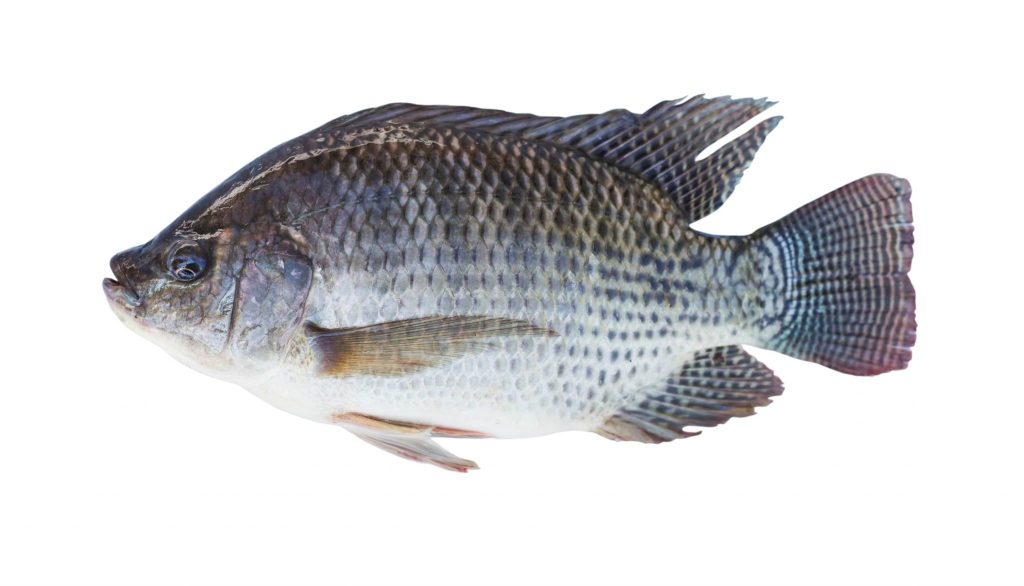
Tilapia is a great choice for beginners in aquaponics because they are known for their resilience and adaptability. They can tolerate a wide range of water conditions, making them a forgiving choice for those who are just starting out. Additionally, tilapia are fast-growing fish, which means you can expect to see results and harvests relatively quickly. They are also a popular choice for their mild and versatile taste, making them a favorite among aquaponics enthusiasts. Overall, if you’re looking for a fish that is easy to care for and yields great results, tilapia is a top choice for your aquaponics system.
Goldfish:
Goldfish are another great option for beginners. They are easy to care for, can tolerate fluctuating water conditions, and come in a variety of colors and sizes.
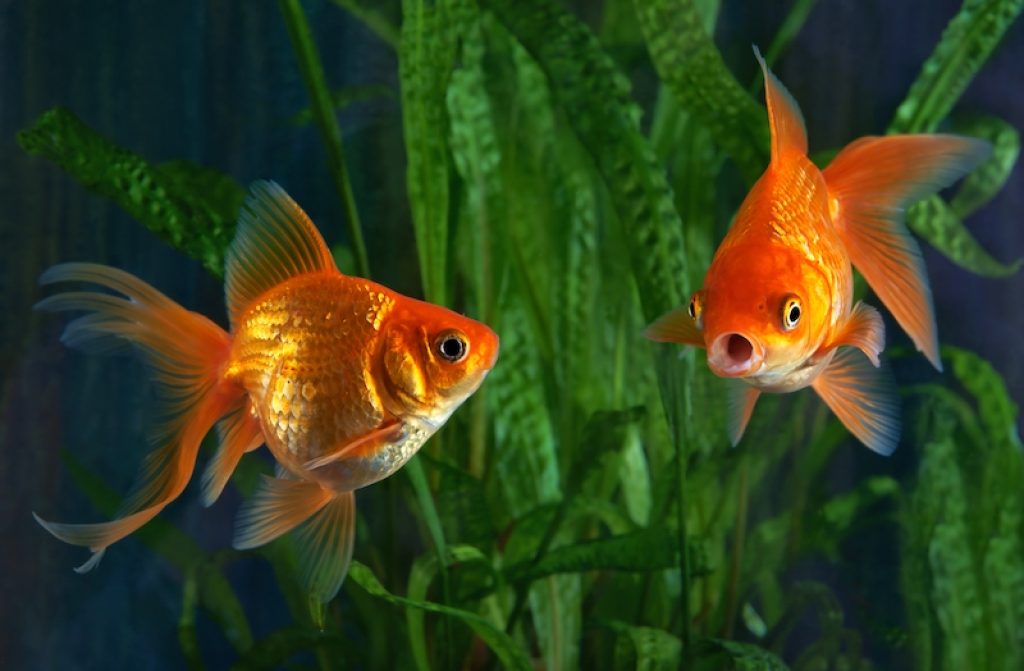
Goldfish are a popular choice for beginners in aquaponics because they are hardy and can adapt to different water conditions. They are known for their ability to tolerate fluctuations in water temperature and pH levels, making them a forgiving choice for those who are still learning the ropes of aquaponics. Additionally, goldfish come in a variety of colors and sizes, allowing you to add a touch of visual appeal to your aquaponics system. Whether you choose a classic orange goldfish or opt for a fancy variety with unique patterns, goldfish are sure to add a vibrant and lively element to your aquaponics setup.
Koi:
Koi fish are not only beautiful but also a good choice for beginners. They are hardy, can tolerate a wide range of water temperatures, and are known for their longevity.
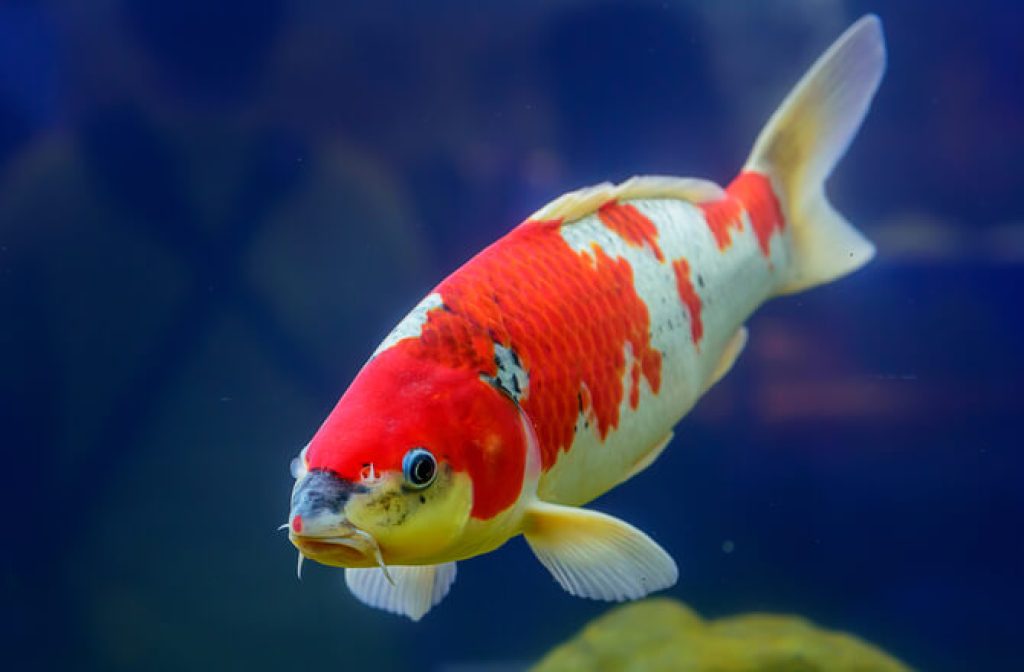
Koi fish are a popular choice for beginners in aquaponics due to their stunning beauty and ease of care. These fish are known for their vibrant colors and unique patterns, adding a touch of elegance to any aquaponics system. In addition to their aesthetic appeal, koi fish are hardy and can tolerate a wide range of water temperatures, making them a forgiving choice for beginners who may still be learning how to maintain optimal water conditions. Furthermore, koi fish have a long lifespan, with some individuals living for several decades, providing aquaponics enthusiasts with years of enjoyment and companionship. Whether you are a beginner or an experienced aquaponics enthusiast, koi fish are an excellent choice to enhance the beauty and functionality of your system.
Catfish:
Catfish are a popular choice for aquaponics systems. They are hardy, can tolerate poor water quality, and are known for their fast growth rate.

Catfish are a popular choice for aquaponics systems due to their hardiness and ability to tolerate poor water quality. They are known for their fast growth rate, making them an ideal choice for beginners who want to see results quickly. Catfish are also a versatile fish species, as they can be used for both food production and as pets. They are easy to care for and require minimal maintenance, making them a low-maintenance option for aquaponics enthusiasts. Additionally, catfish are known for their ability to consume a wide variety of food, including commercial fish feed, insects, and even algae, making them a sustainable choice for aquaponics systems. Overall, catfish are a great choice for beginners looking to start their own aquaponics system.
Trout:
Trout are a bit more challenging to raise compared to other fish on this list, but they can be a rewarding choice for beginners. They require colder water temperatures and higher oxygen levels, but they are known for their delicious taste.
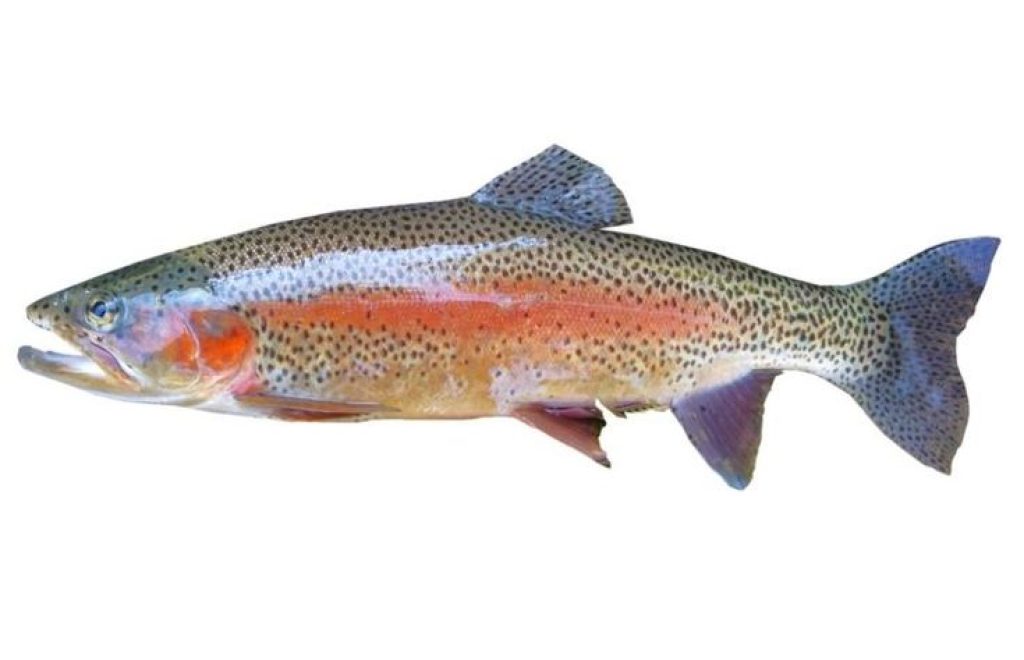
Trout are a popular choice for aquaponics systems, especially for those who are looking to produce their own food. While they may require a bit more attention and care compared to other fish species, the rewards can be worth it. Trout thrive in colder water temperatures and require higher oxygen levels, so it’s important to ensure that your aquaponics system can meet these requirements. However, their delicious taste and the satisfaction of growing your own fresh trout can make the extra effort worthwhile. With proper care and attention, trout can be a great choice for beginners in aquaponics.
Ensuring Optimal Fish Health in Aquaponics Systems
Proper care and maintenance of fish are fundamental to the success of an aquaponics system. The health of your fish directly affects the health of your plants, and vice versa, due to the interconnected nature of the system. Here are some key considerations for fish care in an aquaponics setup:
1. Feeding: Feed your fish a balanced diet suitable for their species. Overfeeding can lead to waste build-up and can also negatively impact water quality, so it’s important to give them only as much food as they can consume in a few minutes.
2. Water Quality: Regularly check and maintain optimal water conditions. This includes the right temperature, pH level, and ammonia and nitrate levels. Regular water testing can help you keep an eye on these parameters and adjust as needed.
3. Stocking Density: Avoid overstocking your tank. More fish mean more waste, which can overwhelm the system and lead to poor water quality. The right stocking density depends on your fish species and the size of your tank.
4. Regular Observations: Keep a close eye on your fish. Changes in their behavior, eating habits, or appearance can be early signs of health issues. Regular observation can help you catch and address problems early.
5. Handling and Transport: Minimize handling of your fish as much as possible to reduce stress. If you need to handle them, make sure your hands are clean and wet to minimize damage to their protective slime coat.
6. Quarantine New Fish: Before introducing new fish to your system, keep them in a separate quarantine tank for a few weeks. This can help prevent the spread of disease.
Remember, healthy and happy fish are essential to a successful and productive aquaponics system. By following these guidelines, you can ensure that your fish thrive, contributing to the overall health and productivity of your system.
Understanding the Causes of Disease Among Fish in Aquaponics
Understanding the causes of disease among fish in an aquaponics system is crucial to maintaining a healthy and thriving environment for both your fish and plants. There are various factors that can trigger diseases in fish, and these are typically categorized into three main types: environmental, nutritional, and infectious.
1. Environmental Causes: Poor water quality is one of the most common environmental triggers for fish diseases. This includes incorrect temperature, pH imbalances, high levels of ammonia, nitrites or nitrates, low dissolved oxygen levels, and high concentrations of salts or heavy metals. Additionally, environmental stressors such as sudden changes in water conditions, poor handling, overcrowding, or aggressive tank mates can lead to stress-induced diseases in fish.
2. Nutritional Causes: Just like in humans, improper nutrition can lead to a variety of health issues in fish. Deficiencies in certain vitamins or minerals can lead to specific diseases. Similarly, overfeeding can lead to obesity and other health issues. It is therefore essential to provide a balanced diet that meets the specific nutritional needs of your fish species.
3. Infectious Causes: Fish in aquaponics systems can also be affected by infectious diseases caused by pathogens such as bacteria, viruses, fungi, or parasites. These can be introduced into your system through new fish, plants, or equipment that has not been properly cleaned or quarantined. Some pathogens are always present in the system but only cause disease when the fish’s immune system is compromised, often due to stress or poor water conditions.
Early detection and treatment of fish diseases are essential for minimizing loss and maintaining a healthy aquaponics system. Regular observation of fish behavior and appearance, combined with routine water testing, can help identify potential issues early. By maintaining optimal water conditions, providing proper nutrition, and practicing good biosecurity measures, you can significantly reduce the risk of disease in your aquaponics system.
Essential Steps to Prevent Diseases in Fish within Aquaponic Systems
Taking proactive steps to prevent diseases in fish within aquaponic systems is key to maintaining a healthy and productive environment. Here are some essential steps you can take:
1. Maintain Optimal Water Quality: Ensure that your water parameters, such as temperature, pH, ammonia, nitrite, nitrate, and dissolved oxygen levels, are within the optimal range for your specific fish species. Use water testing kits regularly to monitor these parameters.
2. Provide a Balanced Diet: Supply your fish with a well-balanced diet that meets their specific nutritional needs. This can help boost their immune system and prevent nutritional deficiencies.
3. Practice Good Biosecurity: Always quarantine new fish before adding them to your system to prevent the introduction of diseases. Also, clean and disinfect any new equipment or plants before introducing them to your system.
4. Avoid Overcrowding: Overstocking your fish tank can lead to stress and poor water quality, both of which can increase the risk of disease. Keep your fish population at a level that your system can support.
5. Handle Fish Properly: Minimize handling of your fish as much as possible to reduce stress. If handling is necessary, ensure your hands are clean and wet to minimize damage to the fish’s slime coat, which serves as their first line of defense against diseases.
6. Monitor Your Fish Regularly: Regularly observe your fish for any changes in behavior, appearance, or eating habits, which can be early signs of disease.
7. Respond Quickly to Signs of Disease: If you notice any signs of disease, take immediate action. This could include adjusting water parameters, separating sick fish, or consulting a fish health professional for advice.
By following these steps, you can significantly reduce the risk of disease in your aquaponic system, helping to ensure the health and productivity of both your fish and plants.
Conclusion
In conclusion, the diverse range of fish that can thrive in an aquaponic system opens up exciting possibilities for both hobbyists and commercial growers. From herbivorous Tilapia, adaptable Goldfish, to the carnivorous Barramundi, each species brings its unique requirements and benefits to the system. Understanding the specific needs of each fish type, including their dietary needs, temperature preferences, and compatibility with other species, is crucial for their survival and overall system success.
It’s also essential to consider local regulations and the potential environmental impact when selecting fish for an aquaponic system. Some species are considered invasive in certain regions and their use may be restricted. Always aim to select species that are suited to your local climate and conditions to promote sustainability.
Finally, a successful aquaponic system relies not only on the choice of fish but also on maintaining proper water quality, providing a balanced diet, and preventing diseases. With careful planning, regular monitoring, and timely maintenance, you can ensure a thriving, productive aquaponic system that provides fresh fish and vegetables year-round.
Whether you’re a beginner just starting out or an experienced grower looking to experiment with new species, there’s a wealth of fish types suitable for aquaponics. Happy growing!






